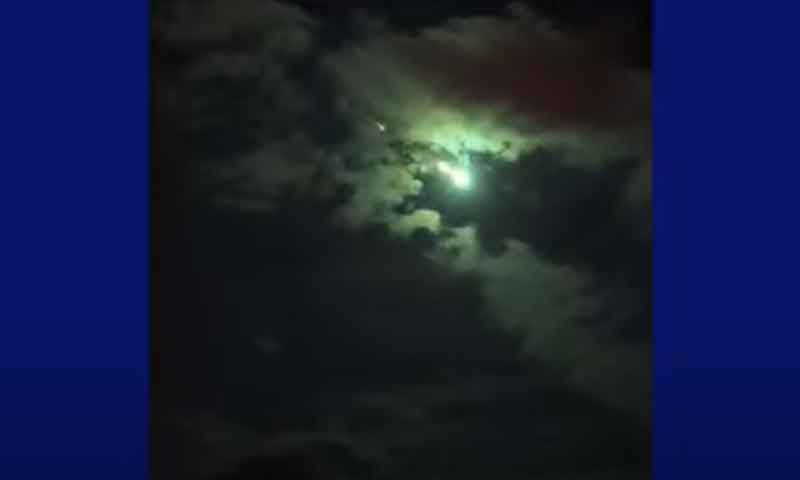
In a post on X, the Turkish space agency confirmed the phenomenon was a meteor.
Footage shared on social media showed dazzled spectators as the meteor streaked across the sky in the city of Safranbolu. Another video showed flashes of light in Kastamonu, about 60 miles east of Safranbolu.
Earlier, Earth.com had predicted that a remarkable celestial event was upon us this month, presenting a sight that’s far from typical. All of us will be in for a treat as not one, but two annual meteor showers light up the night sky simultaneously.
The Delta Aquarids and the Alpha Capricornids will reach their peak, offering a mesmerizing display of shooting stars.
This rare occurrence will give stargazers a unique opportunity. They will witness an impressive number of meteors streaking across the sky. It will make the night memorable.
The stellar event will predominantly occupy the southern sky. It will be a spectacular sight for those in the Southern Hemisphere. People in the southern latitudes of the Northern Hemisphere can also enjoy it.
It might be a tad tricky to differentiate which shooting star belongs to which constellation, though. These meteors will radiate out from different celestial figures, such as Orion, Perseus, and Gemini, creating a fascinating and enchanting mix of lights in the sky.
First, let’s clarify some terminology. Meteors, meteoroids, and meteorites are often used interchangeably. However, even though each word refers to the same thing, they signify different stages of the space rock’s journey.
Meteoroids are small rocks made of metals zooming through space at incredible speed. When they enter Earth’s atmosphere, they usually travel between 25,000 and 160,000 miles per hour (40,000 to 260,000 kilometers per hour).
When meteoroids enter Earth’s atmosphere, we then call them meteors. Their high speed causes the friction that makes them glow and produce the bright streaks across the skies that we know as “shooting stars.”
Finally, if a piece of these space rocks makes it all the way to Earth’s surface, we then call it a meteorite.




